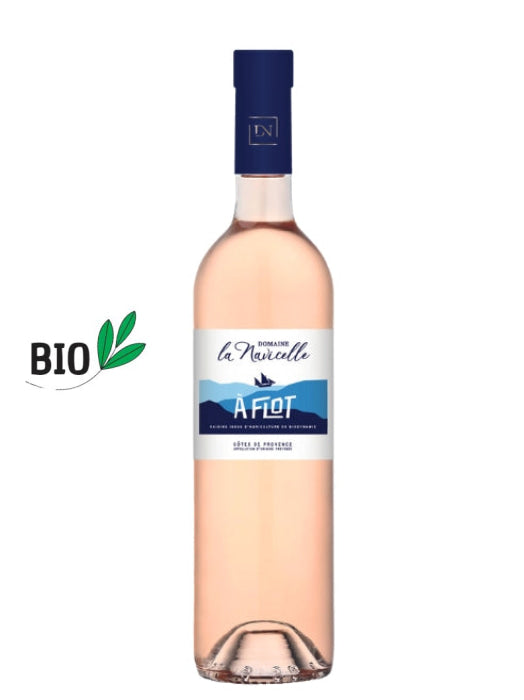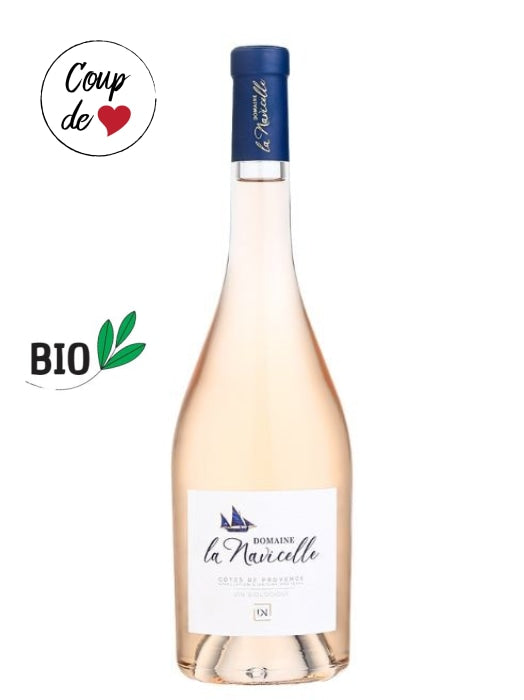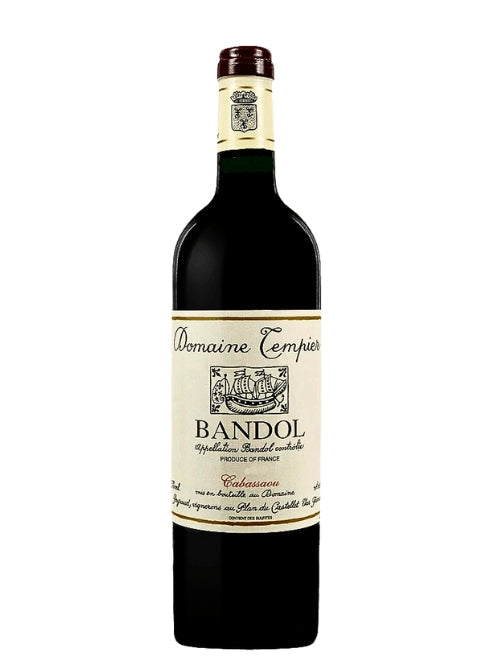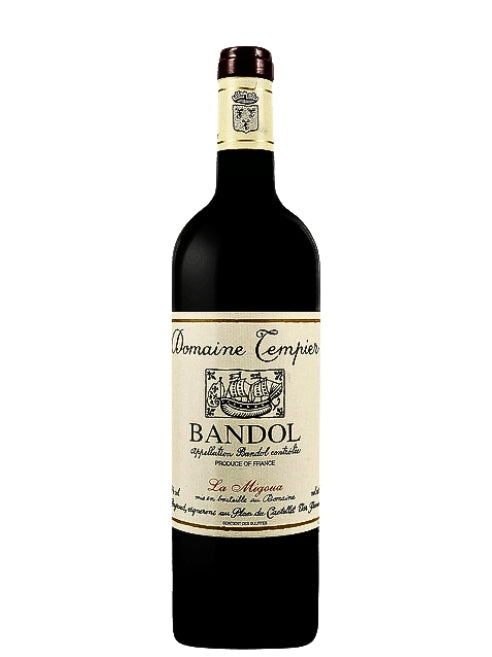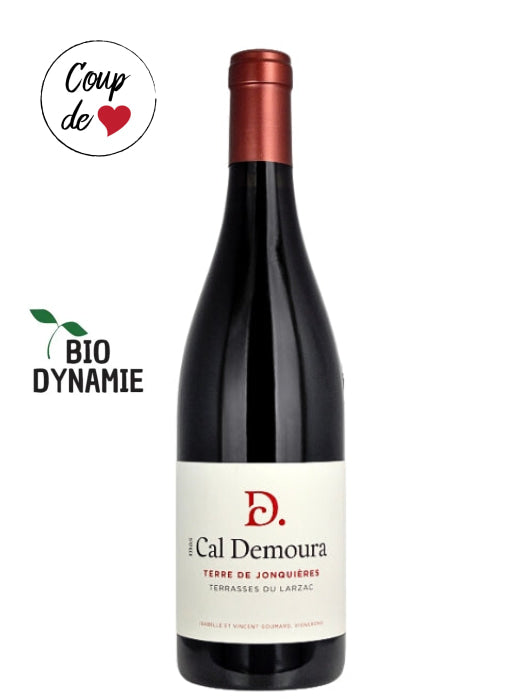Among the treasures of Mediterranean viticulture, Cinsault occupies a unique place. Too often overlooked despite its rich history and unique character, this attractive variety, used both as a single varietal and as a blend, is highly appreciated by winegrowers for its ability to produce soft, aromatic and refreshing red and rosé wines.
In this article, we will discover this ancient grape, exploring its history, its main characteristics and the regions where it flourishes. We will also detail the possible food and wine pairings in order to fully appreciate all the finesse of the grape variety .
Let yourself be guided on a journey to the heart of the Mediterranean basin…good reading !
Summary
History and origins of Cinsault
The history of Cinsault is marked by a discreet progression through the ages and is rooted in the Mediterranean basin. Its exact origins are lost in Antiquity, a period during which it is very probable that varieties of related vines were already growing in Provence, in Languedoc and the Rhône Valley. This grape variety would in fact have flourished in these regions in contact with Phoenician and Roman influences, the first civilizations having introduced the vine to French territory.
In the Middle Ages, although wine took on economic and cultural importance, grape varieties were often classified by type of wine or by region rather than by botanical variety. The winegrowers and monk farmers of the time did not yet differentiate the grape varieties rigorously as we do today. However, it is very likely that our variety continued to develop during this period.
It was especially the winegrowers of Languedoc and Provence who, in the 18th century, began to recognize and value the specific qualities of Cinsault, gradually integrating it into their wines. However, the systematic recognition of this variety as a unique entity was truly formalized in the 19th century, thanks to the work of personalities like Victor Rendu.
It was also during this last period that Cinsault was planted in North Africa (Algeria, Morocco, Tunisia) during colonization. This then becomes in fact one of the basic grape varieties for the production of wine in these countries.
Still at the end of the 19th century, the phylloxera crisis hit wine-growing Europe and ravaged its vineyards. During the following decades, Cinsault then proved to be a key grape variety to replenish the vineyards thanks to its high yield and its ability to adapt to hot climates.
In 1925, Cinsault, which had also arrived during the 19th century in South Africa, was crossed with Pinot noir by Professor Abraham Izak Perold. This then gives rise to the iconic indigenous South African variety : le Pinotage.
At the end of the 20th century, Cinsault lost popularity in some regions due to the growing demand for international grape varieties such as Merlot, Cabernet Sauvignon, and Syrah.
However, it is today experiencing a revival of interest, particularly in France, where winegrowers are rediscovering its ability to produce wines light, elegant and fresh, meeting consumer desires during this period when global warming is disrupting drinking and the freshness of the vintages.

Pinotage: iconic South African variety resulting from a cross between Cinsault and Pinot Noir
Where the Cinsault grape variety is grown ?
Today, with approximately 7 000 hectares planted within its vineyards, France remains the kingdom of Cinsault. Most of the vines are located in Provence, Languedoc-Roussillon and Rhône Valley.
South Africa comes second, with just under 3 000 hectares of vines planted with our variety.
Indeed, other countries such as Morocco, Lebanon, Australia and the United States (California) also have a few hectares of Cinsault but it remains in the minority.
The characteristics of Cinsault
Cinsault is a late grape variety and therefore resists well to spring frosts. Its main advantage also lies in its resilience to drought, which makes it a grape variety adapted to Mediterranean climates. However, it is susceptible to certain diseases such as esca. Grape worms can also affect its production, which requires increased vigilance in the vines.
Its clusters, large and well-stocked, offer juicy berries with thin skin. This grape lends itself equally well to red and rosé winemaking as well as to consumption as table grapes. For the latter case, it is sometimes nicknamed "oeillade".
Cinsault stands out for its ability to produce light, fruity, low-alcohol and pleasantly soft wines. Cuvées made from this grape variety generally have notes of red fruits (raspberry, cherry, strawberry, etc.) as well as floral flavors. The tannins are also not very marked and the bottles generally do not lend themselves to long aging. The latter are in fact mainly intended to be consumed young in order to appreciate all the freshness of the aromas.

Cinsault: a grape variety with fruity, fresh and elegant aromas
What dishes to accompany Cinsault ?
You're wondering what to enhance a good Cinsault with ? With its light structure and fruity aromas, it's a real chameleon at the table! Here are some ideas to get the most out of it. Note that we are talking here about single-varietal wines from Cinsault or vintages where the latter plays a primordial importance in the blend.
- Aperitifs and tapas : for an aperitif with friends, a Cinsault rosé or red is a dream choice. Its light and fruity side will pair perfectly with olives, cold meats or Mediterranean tapas.The perfect combo for a friendly moment reminiscent of the holidays!
- Grilled meats : for grill lovers, a 100% Cinsault red will bring delicious freshness to meats. With chicken skewers, its fruity notes will perfectly balance the flavors without ever dominating the dish.
- Mediterranean cuisine : desire for southern flavors ? Cinsault will go wonderfully with pizzas or spicy couscous. Its lightness and supple tannins will harmonize perfectly with these generous dishes.
- Fish and seafood : for seafood or paella, a Cinsault rosé served chilled will work wonders. Simple, refreshing and delicious !
So, ready to open a pretty bottle ? For optimal service, serve your rosé between 8-10°C and your Cinsault red around 14-16°C so that its aromas are fully expressed.

What's better than a refreshing Cinsault to enhance your Mediterranean tapas ?
The best wines from Cinsault
Although Cinsault is rarely vinified on its own, it shines in blends of rosés and reds from the south of France. Here are some essential areas to discover quality wines highlighting this unique grape variety.
- Domaine La Navicelle : located in the heart of Provence, this estate offers elegant wines, perfect for a summer tasting. La Navicelle's rosés are recognized for their freshness and delicate notes of red fruits and citrus fruits. The freshness of Cinsault plays an important role here.
- Château de la Selve : based in the Rhône Valley, Château de la Selve combines Cinsault with other local grape varieties to produce red wines of A blend of great finesse, appreciated for their balance and elegance. The range is very complete, between small, very well-made pleasure wines and more structured vintages for keeping. We highly recommend all their bottles !
- Figuière : This superb estate based in the Côtes-de-Provence is managed by the Combard family. The siblings use Cinsault in most of their rosés. The latter are always carried by a beautiful minerality as well as fruity and floral notes. Perfect to accompany summer cuisine !
- Domaine Tempier : famous for its powerful reds, Domaine Tempier is an iconic property of the Bandol, in Provence. The Peyraud family and Daniel Ravier, the director of the property, combine Cinsault with other Mediterranean grape varieties in order to produce full-bodied and structured wines, whether red or rosé. Delicious complexity and deliciousness!
You will have understood, Cinsault is a true jewel of the vineyards of the south of France.With its delicious aromas, its freshness and its ability to enhance blends, it deserves a special place in your cellar!
Want to know more about the grape varieties of Provence and Languedoc ? Don't hesitate to browse our range on









